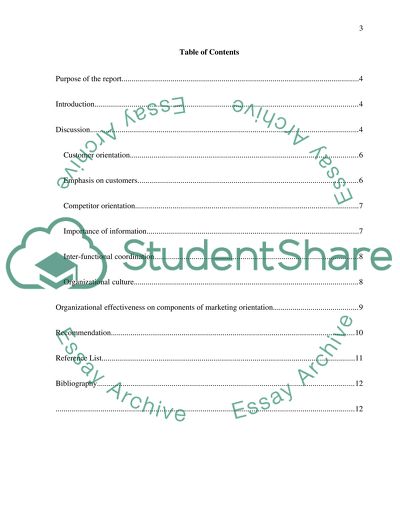Cite this document
(“Strategic Marketing Assignment Example | Topics and Well Written Essays - 2000 words”, n.d.)
Retrieved from https://studentshare.org/marketing/1656046-strategic-marketing
Retrieved from https://studentshare.org/marketing/1656046-strategic-marketing
(Strategic Marketing Assignment Example | Topics and Well Written Essays - 2000 Words)
https://studentshare.org/marketing/1656046-strategic-marketing.
https://studentshare.org/marketing/1656046-strategic-marketing.
“Strategic Marketing Assignment Example | Topics and Well Written Essays - 2000 Words”, n.d. https://studentshare.org/marketing/1656046-strategic-marketing.


